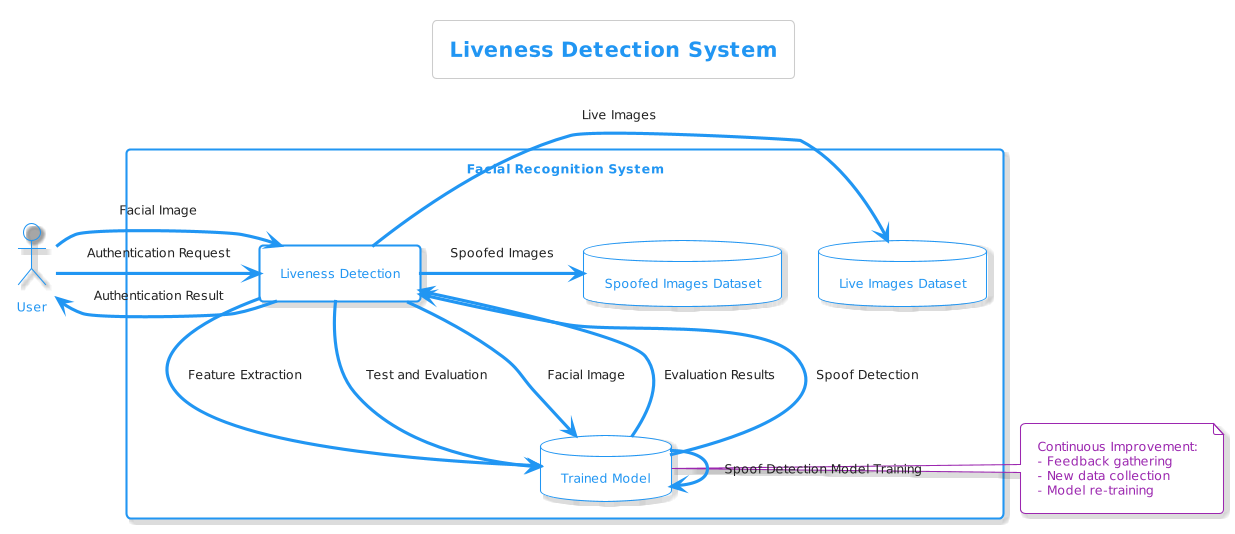Spoofing Attacks and Mitigation Strategies in Biometrics-as-a-Service Systems
Keywords:
Biometrics-as-a-Service (BaaS) systems, Spoofing attacks, Fake biometric samples, Liveness detection, Robust biometric algorithmsAbstract
Biometrics-as-a-Service (BaaS) systems have gained significant popularity as a secure method for authentication. However, like any other biometric authentication system, BaaS systems are susceptible to spoofing attacks. Spoofing attacks involve presenting fake biometric data to deceive the system into granting unauthorized access. In this research, we explore common spoofing techniques and the vulnerabilities they exploit in BaaS systems. The identified spoofing techniques include the use of fake biometric samples created with materials like silicone or gelatin for fingerprints and high-resolution photographs for facial recognition. Presentation attacks involve using imitations or replicas of biometric traits, such as high-quality photographs or 3D masks, to bypass facial recognition systems. Replay attacks, on the other hand, intercept and replay legitimate biometric data to gain unauthorized access. Furthermore, deepfake technology poses a significant threat by generating realistic synthetic media, which can be used to spoof facial recognition systems. To mitigate these spoofing attacks, several strategies are proposed. Incorporating liveness detection mechanisms in BaaS systems can verify that the biometric data presented is from a live person and not a spoofed sample. Additionally, multi-factor authentication can bolster security by combining biometrics with other authentication factors like passwords or tokens. Continuous monitoring using advanced machine learning algorithms helps detect suspicious activities or anomalies in the biometric data. Furthermore, the implementation of robust biometric algorithms designed to identify synthetic or manipulated traits is crucial in thwarting spoofing attempts. Finally, maintaining the security of BaaS systems requires regular updates and patches to address any known vulnerabilities or weaknesses in the system.
